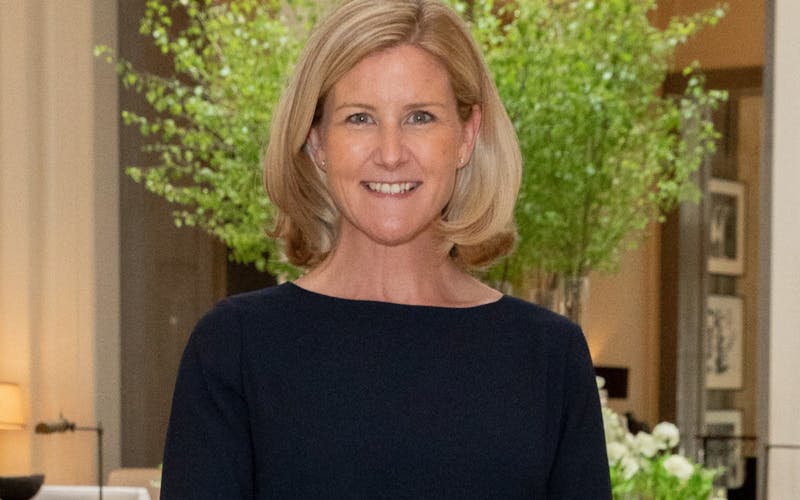
Walpole: What does your role entail, and how long have you been doing it?
Jamie Gill: My role is really varied. I’m a strategic advisor in fashion and luxury, working with different organisations. I’m founder of The Outsiders Perspective, a not-for-profit platform which increases representation of people of colour in operational roles in fashion and luxury. I sit on the Executive Board of the British Fashion Council, as well as chairing the organisation's D&I Committee. I’m also CEO-turned-Executive Director of ROKSANDA.
What’s your career background and what makes you passionate about what you do?
My background is totally varied too! I started life as an architect, then moved into Finance, working in consultancy and mergers and acquisitions, whilst becoming a chartered accountant. I had ago at setting up my own luxury brand and then pivoted into venture capital. Here, we invested in ROKSANDA and then I was asked to become CEO. I then joined the board of the BFC and recently launched The Outsiders Perspective.
I’m most passionate about growth, impact, and visible change. My current area of focus is representation in industry, which I am trying my best to aid change.
How has your sexuality and/or gender identity been a source of strength on your journey into your sector?
I think concealing my sexuality as a child and downplaying my flair for fashion design is what really propelled me to celebrate and contribute to the sector as an adult. Growing up, I associated fashion strongly with the LGBTQ+ community, either as designers or commentators, but my environment and depictions from society saw this as a taboo. That relentless longing to contribute to fashion is what has given me a further level of strength, skill, and resilience.
Have you ever faced negativity towards your sexual orientation within your career – and, if so, what effect did that experience have on you?
My younger, less secure self always saw being gay as a hindrance for success in a career. Working in finance, consulting or in an executive environment, I was always the obvious minority as a gay man, which I struggled with for some time. Overcoming those internal ‘glass ceiling’ barriers has made me see how much of an advantage it is to be unique with being gay as a part of my person.
Do you think attitudes towards the LGBTQ+ community have shifted in your time in the industry?
The fashion industry has always been accepting of LGBTQ+ people, probably more so gay men than any other demographic of the group. Less so trans people, with some movement for positive change happening.
What’s a significant obstacle for members of the LGBTQ+ community in the workplace that you feel isn’t talked about enough - and why is it important to highlight?
I don’t think the industry is doing enough for the development of LGBTQ+ people in fashion and luxury. There is a significant, if not majority, percentage of our community in fashion (in our latest BFC report, 61% of the industry identify as LGBTQ+), but there are very few executives – so we’re not developing our future leaders from the community. Why not? We know what they can give.
Is there any policy work that needs doing to evolve and ensure workplaces are more inclusive to LGBTQ+ people?
Yes, policy would help, but I say to the individuals of the community, it’s your place to bring the issue of lack of development to the table. Businesses won’t react unless we call it out as a collective and demand change and support for doing so. What would the industry be without the LGBTQ+ community?
Is there a person in your industry or sector from the LGBTQ+ community who inspires you or has helped you on your journey?
Edward Enninful. Hands down. Need I even explain why?
What career advice do you have for younger members of the LGBTQ+ community who are entering your industry?
Know your worth. Work hard and buck the status quo.
What does Pride in the workplace mean to you?
A time to pause, reflect, remember how far we’ve come, but how far we must go. We are still fighting for basic human rights in 35% of the world. Yes, pride should be a year-long celebration, but it isn’t yet because we don’t yet live in an inclusive world – so the celebration and repetitive reminder for change is needed.





